Environmental Regulations
The Geosynthetic Cementitious Composite Mat Market is significantly influenced by stringent environmental regulations aimed at promoting sustainable construction practices. Governments are increasingly mandating the use of eco-friendly materials in construction projects, which aligns with the properties of geosynthetic cementitious composite mats. These mats not only reduce carbon footprints but also enhance soil stability and prevent erosion. As regulatory frameworks evolve, compliance with these standards becomes essential for construction companies, thereby boosting the adoption of geosynthetic solutions. The market is likely to see a rise in demand as more projects are required to adhere to these environmental guidelines, creating opportunities for manufacturers and suppliers.
Technological Innovations
Technological advancements play a crucial role in shaping the Geosynthetic Cementitious Composite Mat Market. Innovations in material science and engineering have led to the development of high-performance composite mats that offer enhanced durability and functionality. These advancements enable the mats to withstand harsh environmental conditions, making them suitable for a variety of applications, including slope stabilization and erosion control. The integration of smart technologies, such as sensors for monitoring structural integrity, is also gaining traction. As these technologies become more accessible, the market is expected to expand, with increased adoption of geosynthetic cementitious composite mats in various sectors, including construction and environmental management.
Rising Infrastructure Development
The Geosynthetic Cementitious Composite Mat Market is experiencing a surge in demand due to increasing infrastructure development projects worldwide. Governments and private sectors are investing heavily in roads, bridges, and other civil engineering works, which require durable and efficient materials. The market is projected to grow as these projects often necessitate innovative solutions to enhance longevity and reduce maintenance costs. The use of geosynthetic cementitious composite mats provides a cost-effective alternative to traditional methods, potentially reducing construction time and labor costs. As urbanization continues to rise, the need for sustainable infrastructure solutions becomes more pressing, further driving the demand for geosynthetic cementitious composite mats.
Growing Awareness of Sustainable Practices
There is a growing awareness of sustainable construction practices within the Geosynthetic Cementitious Composite Mat Market. Stakeholders, including contractors, engineers, and environmentalists, are increasingly recognizing the benefits of using geosynthetic materials that minimize environmental impact. This shift in mindset is leading to a higher demand for products that not only meet performance standards but also contribute to sustainability goals. The market is likely to benefit from this trend as more projects prioritize eco-friendly solutions, thereby enhancing the visibility and acceptance of geosynthetic cementitious composite mats. This awareness is expected to drive innovation and competition among manufacturers, further propelling market growth.
Increased Investment in Renewable Energy Projects
The Geosynthetic Cementitious Composite Mat Market is also witnessing growth due to increased investment in renewable energy projects. As countries strive to meet energy demands sustainably, there is a rising need for infrastructure that supports renewable energy sources, such as wind and solar farms. Geosynthetic cementitious composite mats are being utilized in these projects for their ability to provide stable foundations and prevent soil erosion. The integration of these mats in renewable energy initiatives not only enhances project efficiency but also aligns with global sustainability goals. As investments in renewable energy continue to rise, the demand for geosynthetic solutions is expected to follow suit, creating new opportunities within the market.


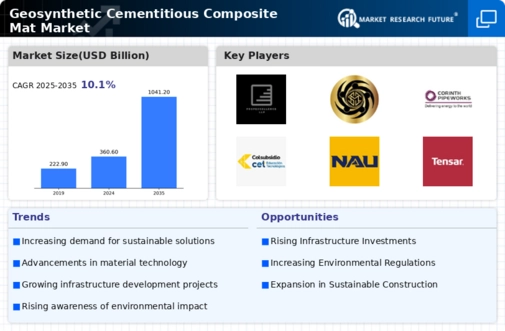

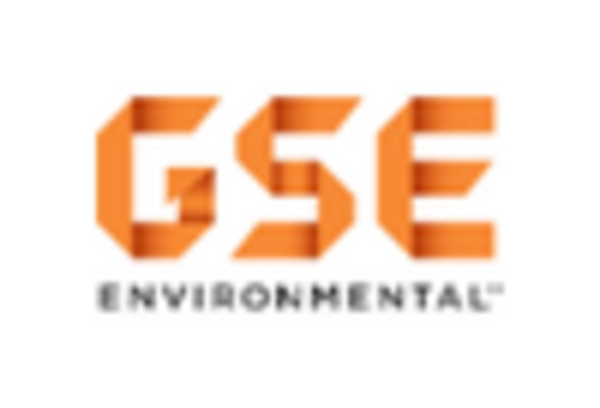
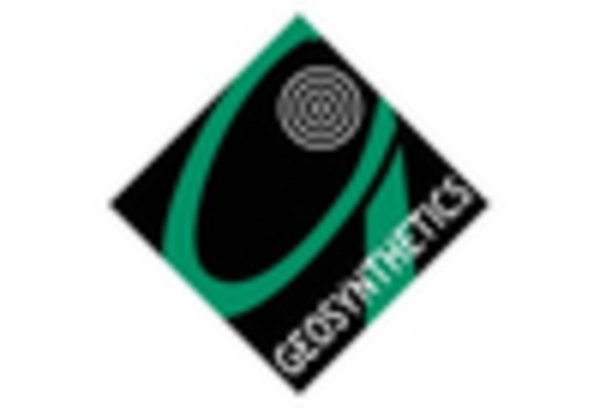
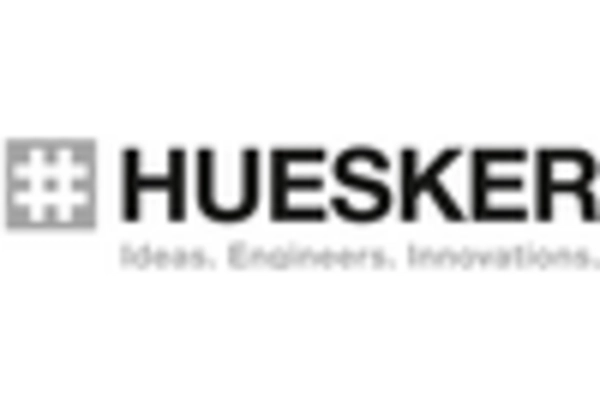
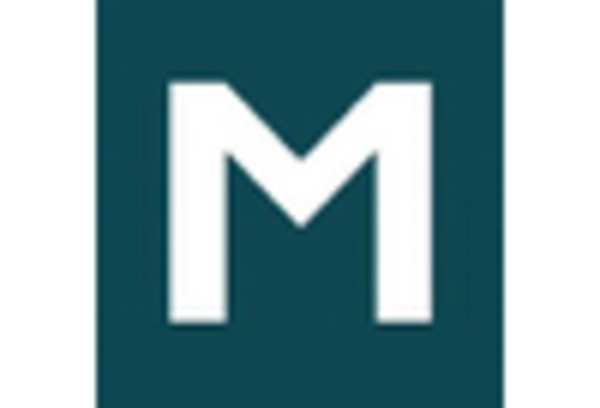
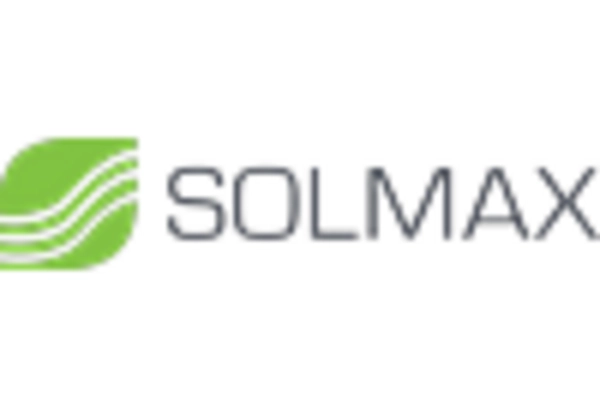









Leave a Comment